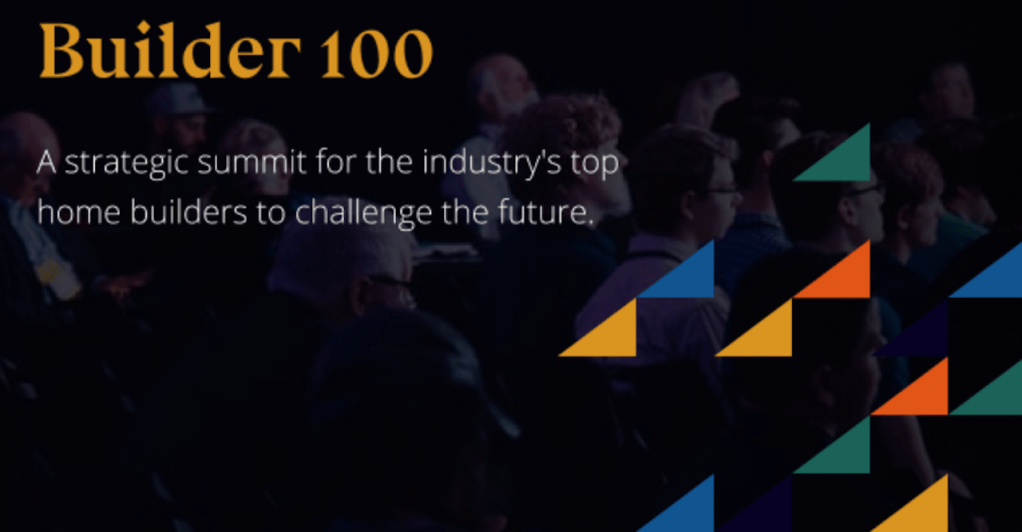Among the not so deeply buried treasures of the English language are words that do double- or triple-duty in their job of conveying meaning and mattering to you and me.
Here’s a handful of our language’s secret-powered words. See if you can tell by thinking for a few moments about each what they share in common.
- Comfort
- Balance
- Warm
- Love
- Solace
Thoughts?
Yes, you cracked the code if you matched what connects them up to their mad ninja properties.
In each instance, the single word serves as a triple-threat verbal athlete: a noun, a verb, and a gut feeling or “state of being”–whose presence or absence is conspicuous.
Definition-ally potent words, whose values ring clear as nameable things, as action words, and as distinctive sensations are gifts language offers to our natural human hunger and thirst for meaning. Imagine the elation you experience when you feel love; and imagine the pain throbbing in your heart in its absence. The word has astonishing meaning, both when it’s there and when it’s taken away. Too, the fuel of that meaning flows out to us as both the name of the actual experience–love–and the act of doing it.
And so on for those secret-powered terms.
Now, what does all this have to do with builders, and the fact that we’re taking a back-to-the-future course for our May home building executive event? The rock-star annual strategic business gathering formerly known as Housing Leadership Summit, will relaunch this Spring as our Builder 100 Summit. Find out more and–if you’re a strategic leader of one of the nation’s high-volume single-family home building firms–register here now.

Maria Giudice, founder of Hot Studio, and former VP of Experience Design at AutoDesk, to keynote Builder 100 Summit.
I talked one evening this past week with Maria Giudice , who’ll keynote at the Builder 100 event, about one of these extra-powerful words, one that means more now to home building enterprises today and for their future than it ever has.
Design.
Giudice qualifies it this way.
“It’s a noun. It’s a verb. And it’s a state of being.”
And like love, or balance, at an enterprise level, our viscera know it when it’s there, and miss it when it’s not.
What home building’s chief executives and strategic leaders need to get, however, is an exponentially rising hidden cost to value creation when design–in its fullest sense of the term–is absent, or deficient.
Or, in the case of executives whose livelihoods and success draw at least to some extent from how homes and communities use architecture and design at one level to get people to aspire to live there, too narrowly defined.
Design, in this case, means far more–with all due respect to their value, than elevations and floor plans and exteriors and indoor-outdoor living. In this case, it’s a noun, a verb, and a state of being whose fully-unleashed presence may be a lifeline to your company’s future.
Hidden costs of design’s absence will impact bottom lines, and ultimately, viability. They show up in lost productivity due to communications flow traps across disciplines, across different areas of expertise in the project lifecyle, across geographies, etc. They show up in lost opportunity for gain on behalf of customers through partnerships and collaboration. They show up in the half-hearted effort and lackluster performance of demoralized team members.
Why do you suppose Jeanne Liedtka, professor of business administration at the University of Virginia’s Darden School of Business, wrote this in a 2018 issue of Harvard Business Review.
“Occasionally, a new way of organizing work leads to extraordinary improvements. Total quality management did that in manufacturing in the 1980s by combining a set of tools—kanban cards, quality circles, and so on—with the insight that people on the shop floor could do much higher level work than they usually were asked to. That blend of tools and insight, applied to a work process, can be thought of as a social technology.
In a recent seven-year study in which I looked in depth at 50 projects from a range of sectors, including business, health care, and social services, I have seen that another social technology, design thinking, has the potential to do for innovation exactly what TQM did for manufacturing: unleash people’s full creative energies, win their commitment, and radically improve processes.”
This is precisely how Hot Studio founder Maria Giudice plans to connect the dots for home building strategic leaders when she explores–as both a creative, an engineer, and a business profitability stakeholder–how building enterprises can get at hidden costs and risks by elevating design to a strategic systems level.
“With design thinking, you can start to see pathways as architecture, construction, engineering, sourcing, manufacturing, AI, robotics, and business outcomes fuse along collaborative team value streams,” says Giudice, who served formerly as Autodesk’s first VP of experience design. “Once we got design embedded strategically, stakeholders were able to be more creatively customer-centric. It was a transformation.”
Giudice has eyes open in terms of understanding reasons many home building companies seldom veer from familiar zones of comfort and success.
“I’m going to talk about risk-taking, and about change-agency, and about being focuses as human, people-centric organizations, and about looking at problems and challenges as systems problems and challenges, not just in isolation,” says Giudice of her upcoming Builder 100 session. “And how to get s— done, especially now that the wall between our team member associates and customers is fully transparent.”
Would a high-volume home building enterprise be looking at a brighter future were they to have among strategic leaders a Design Executive Officer?
Find out at Builder 100 Summit , May 11-13, 2020, at the Ritz Carlton Laguna Niguel, in Dana Point, Calif. Watch this space, as we tell you more over the next few weeks about who’ll be with us as speakers, motivators, inspiration, and training as we focus–end-to-end–on Design.
There, you’ll be able to see it, do it, and feel it. Right now, the Holy Grail home builders are talking about is the “digital thread,” a map for data, physical materials, time, and skill, to converge productively into places people want to live and own. The power of design can bring that digital thread, full-stack, to life.



